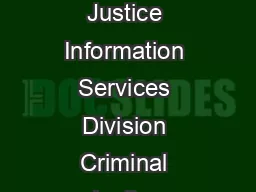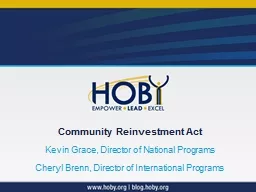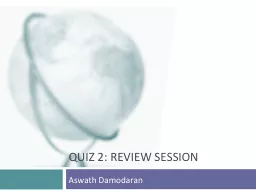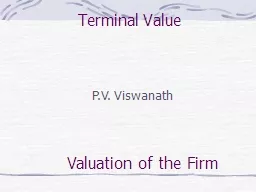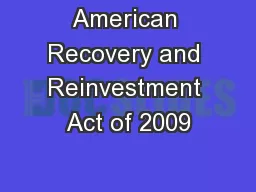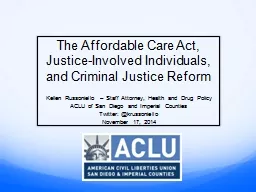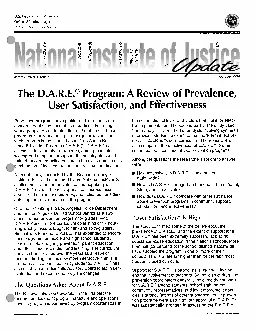PPT-Justice Reinvestment in
Author : stefany-barnette | Published Date : 2017-01-27
Alabama Implementing SB67 What Will Change at the Local Level ACCA Annual Convention August 19 2015 Andy Barbee Research Manager Sarina Rosenberg Asher Project
Presentation Embed Code
Download Presentation
Download Presentation The PPT/PDF document "Justice Reinvestment in" is the property of its rightful owner. Permission is granted to download and print the materials on this website for personal, non-commercial use only, and to display it on your personal computer provided you do not modify the materials and that you retain all copyright notices contained in the materials. By downloading content from our website, you accept the terms of this agreement.
Justice Reinvestment in: Transcript
Download Rules Of Document
"Justice Reinvestment in"The content belongs to its owner. You may download and print it for personal use, without modification, and keep all copyright notices. By downloading, you agree to these terms.
Related Documents


